SUMMARY
VENOM: Dangerous - Toxicity not well studied
PREVALENCE: Very rare
ACTIVE PERIOD: Active at night
KEY ID FEATURES: Orange, yellow or tan with dark markings, large head and stout body
BEHAVIOR: Ambush predator, usually stays still and ready to strike, generally docile but can bite quickly if disturbed
SIZE: Small - 30-40cm (males), 50-60cm (females)
IUCN: LC - Least Concerned
OTHER: Very rare, not much known about venom toxicity but not thought to be deadly
QUICK ASSESSMENT 0-10
VENOM REVIEW*
COMPOSITION: Procoagulants, Anticoagulants (possibly present), Haemorrhagins (possibly present), Nephrotoxins (likely not present), Cardiotoxins (likely not present), Necrotoxins (likely not present).
LOCAL EFFECTS: Serious envenomation possible, potentially lethal though unlikely, local pain, swelling, bruising.
GENERAL EFFECTS: Nausea, headache vomiting, general pain, dizziness, diarrhoea, collapse and/or convulsions, possible shock.
TREATMENT: Antivenom availability not known, treatment generally supportive & symptomatic. Japanese Mamushi antivenom could be considered in severe cases.
*INFORMATION ON VENOM OBTAINED FROM WWW.TOXINOLOGY.COM
GALLERY
IMPORTANT: Many snakes have significant variance in coloration and pattern even within the same species. There can also be extreme differences in appearance from juveniles to adults so it is important to never assume you have properly identified a snake.
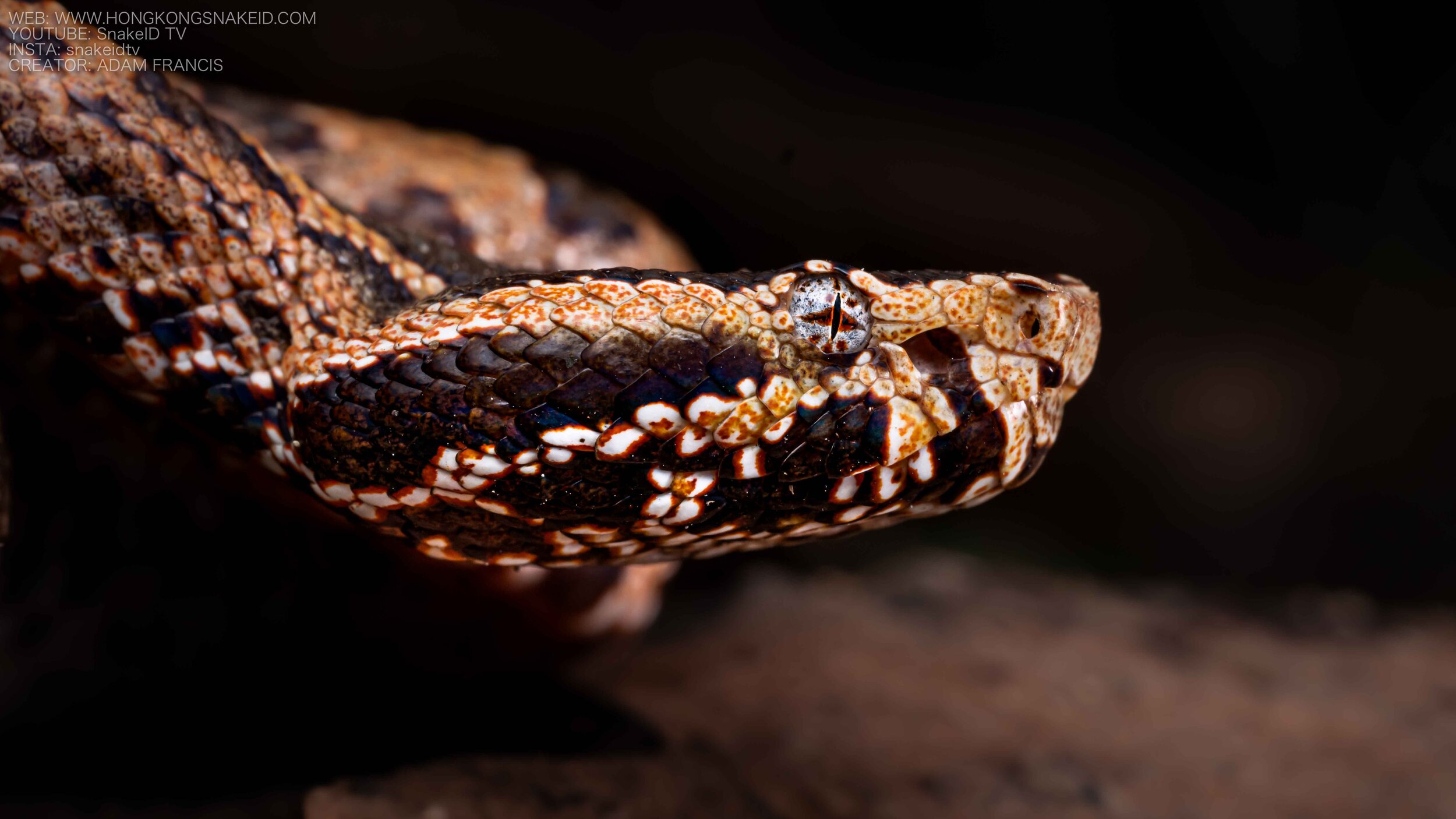
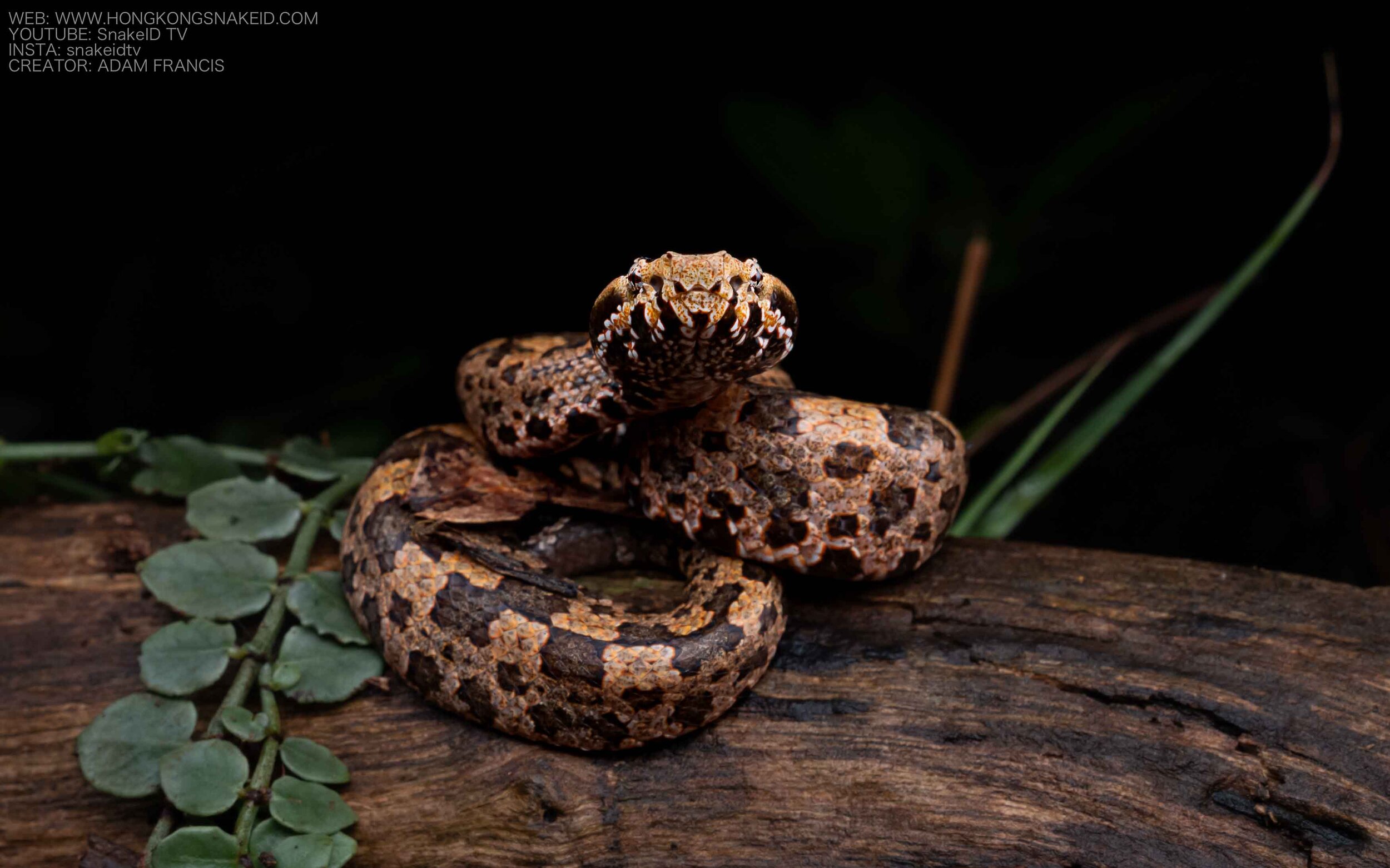
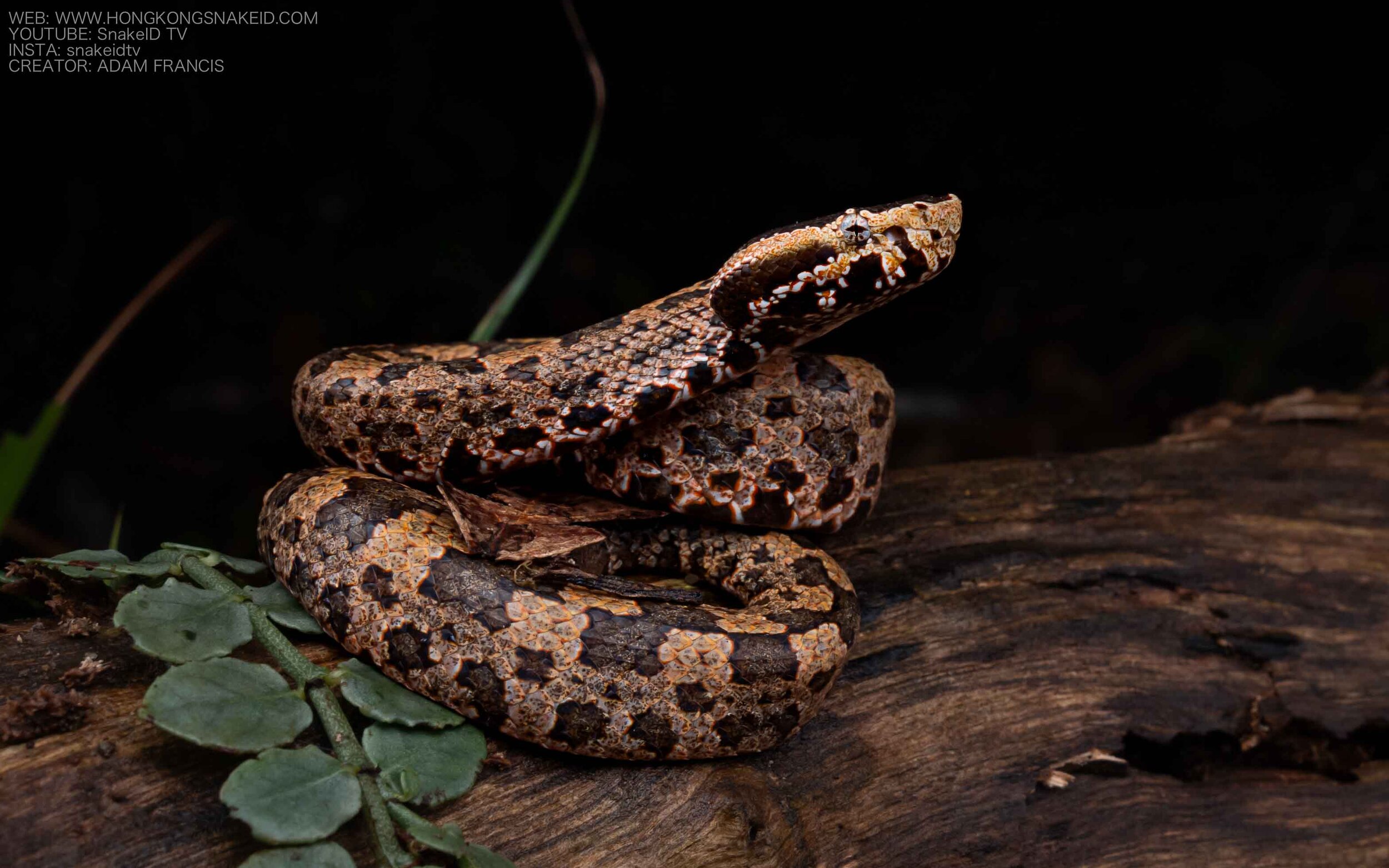
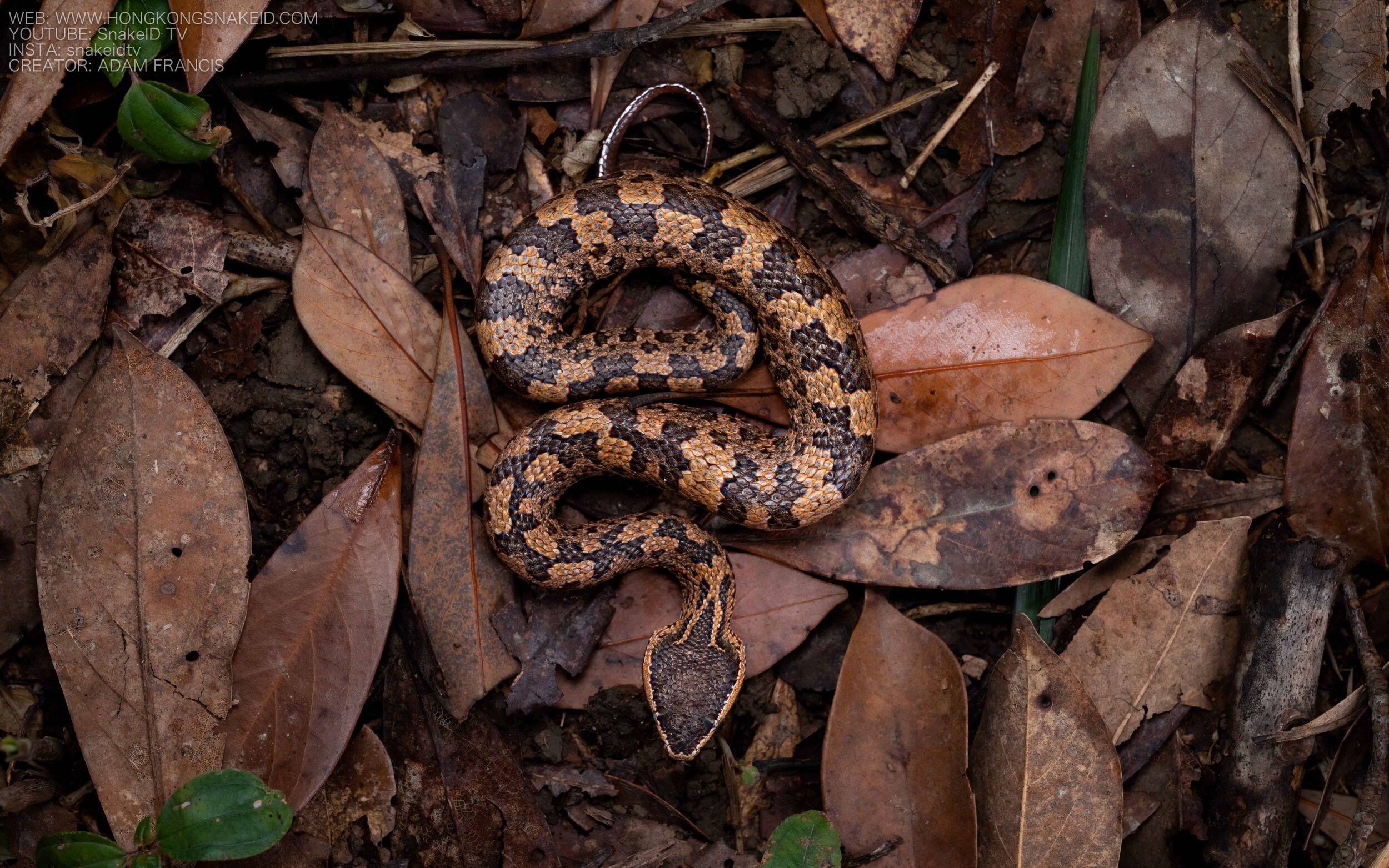
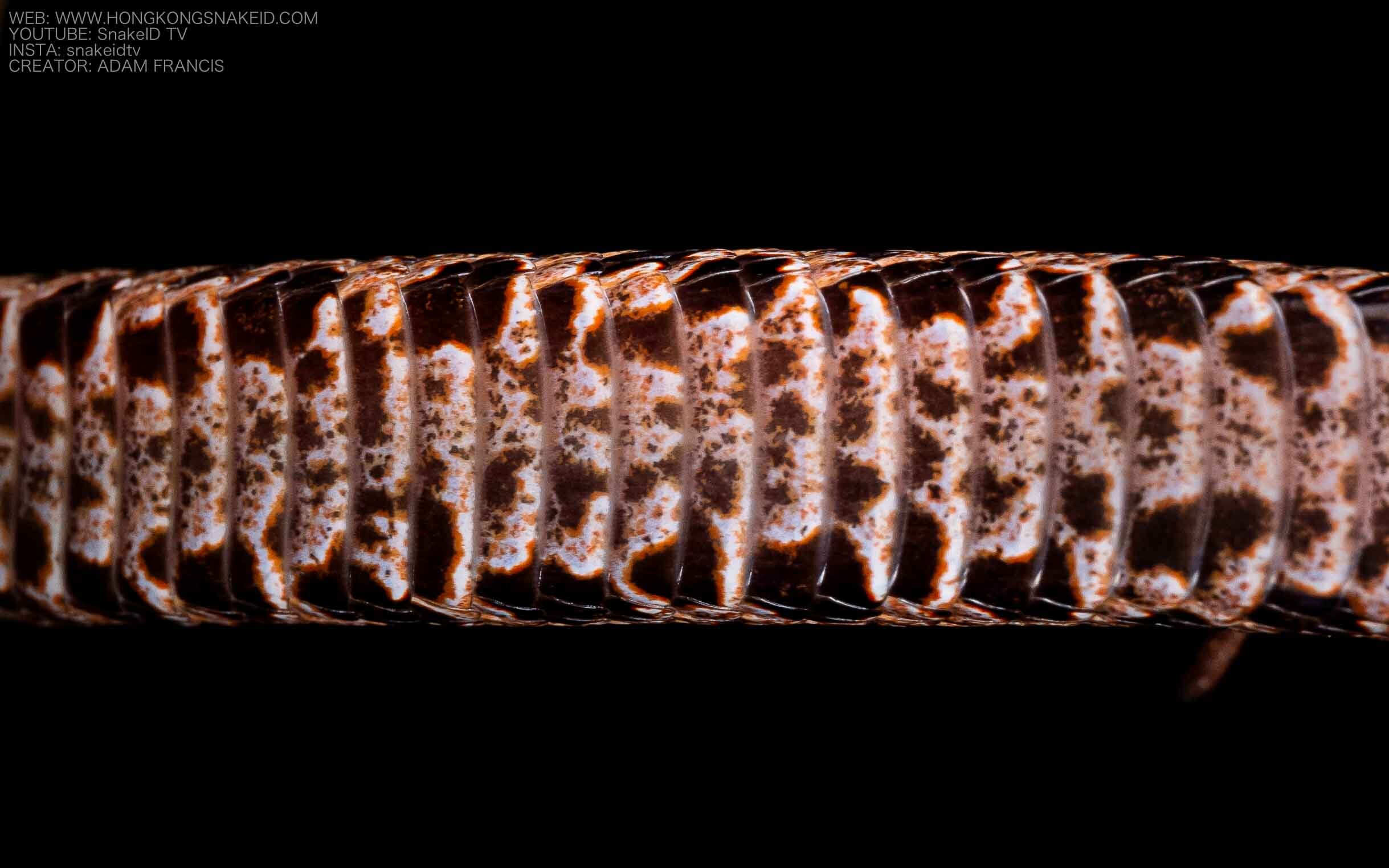

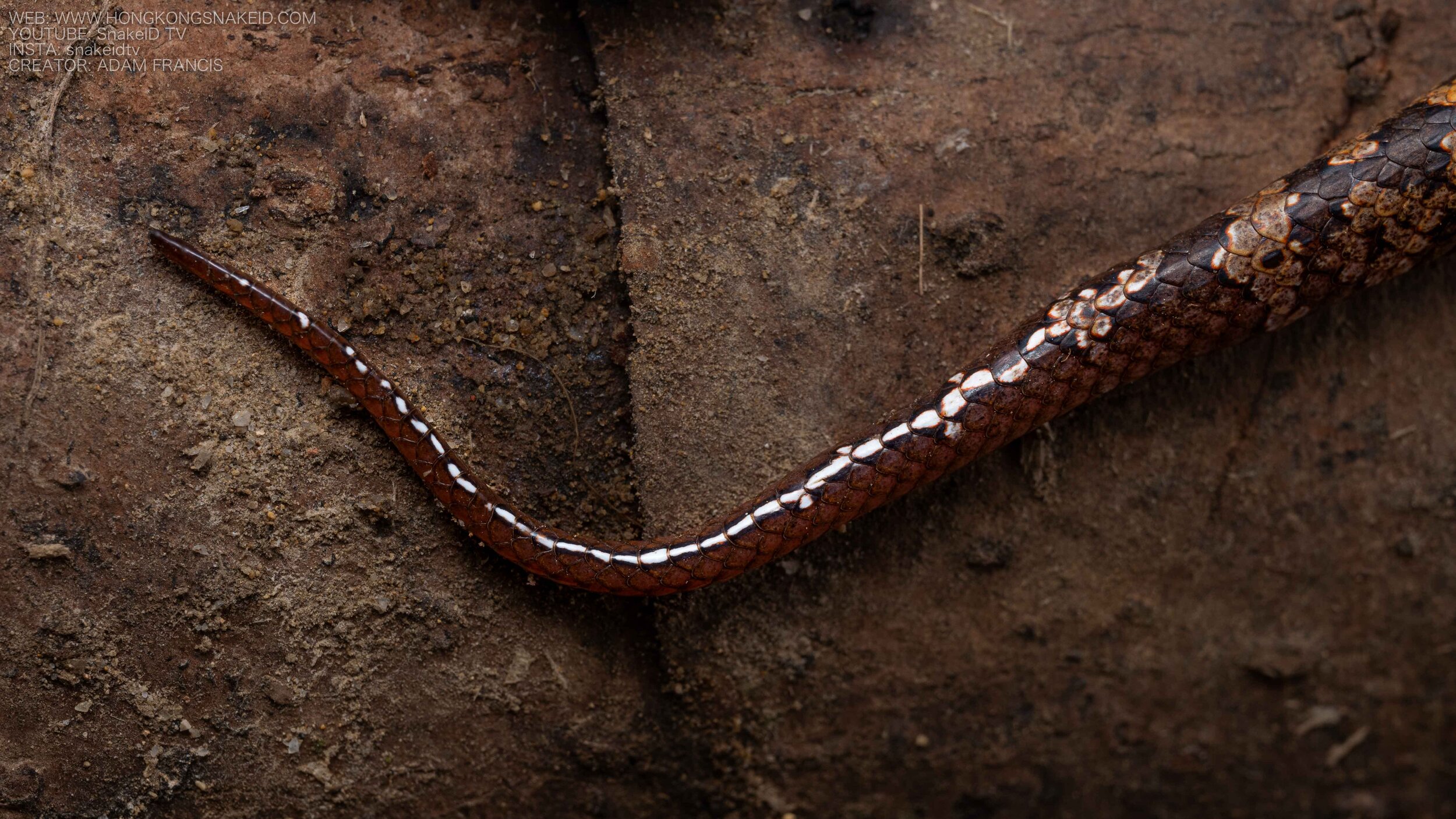
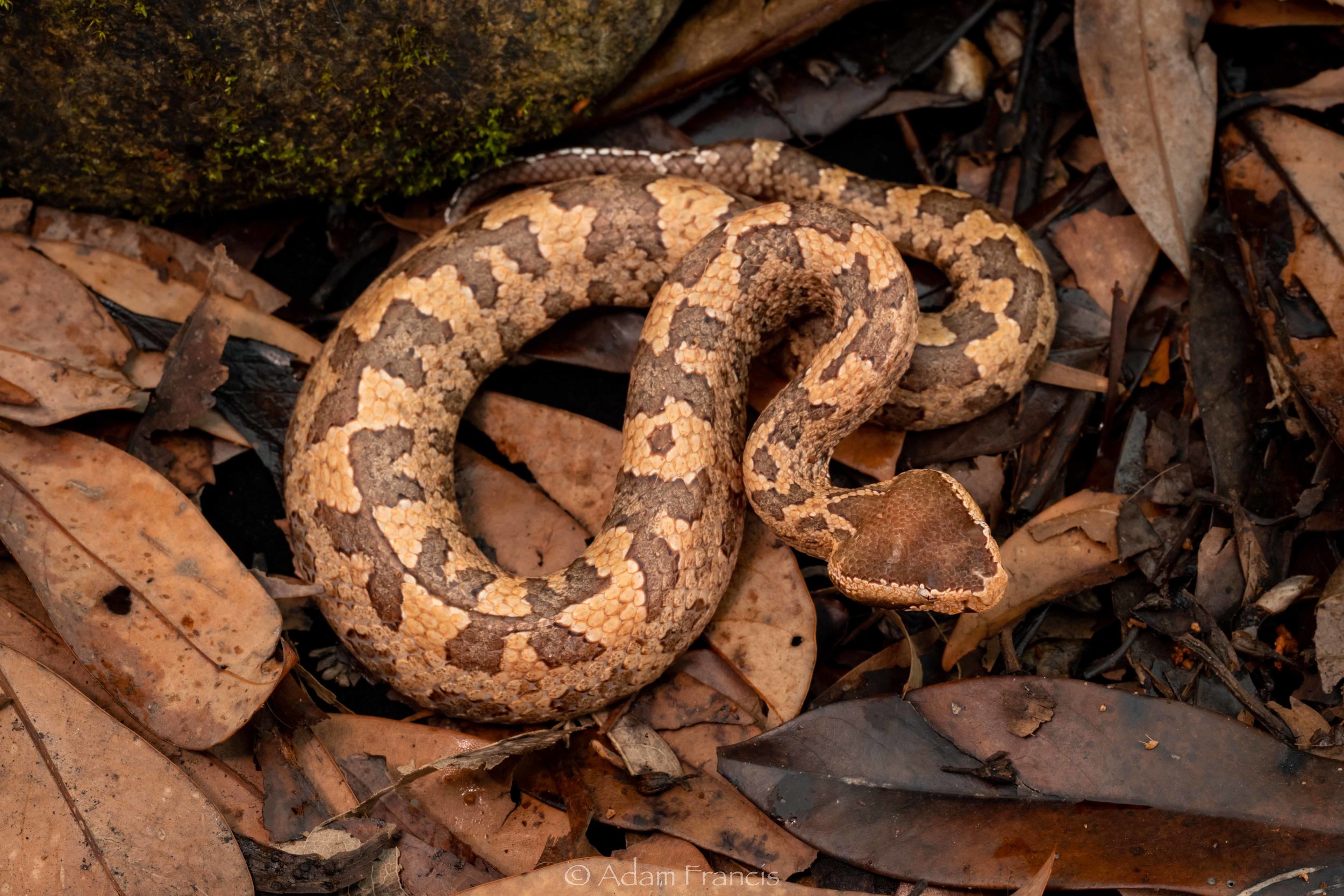
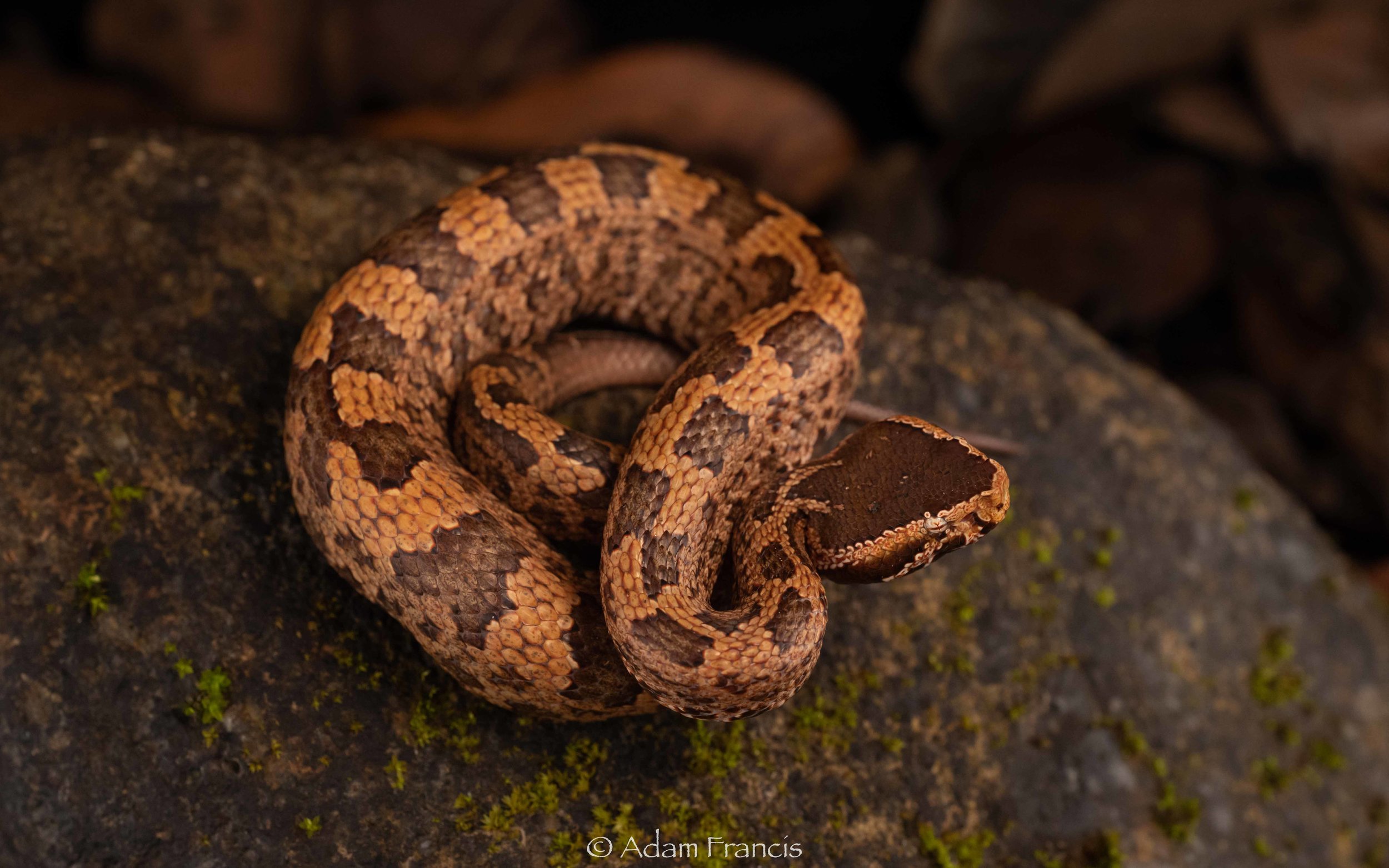
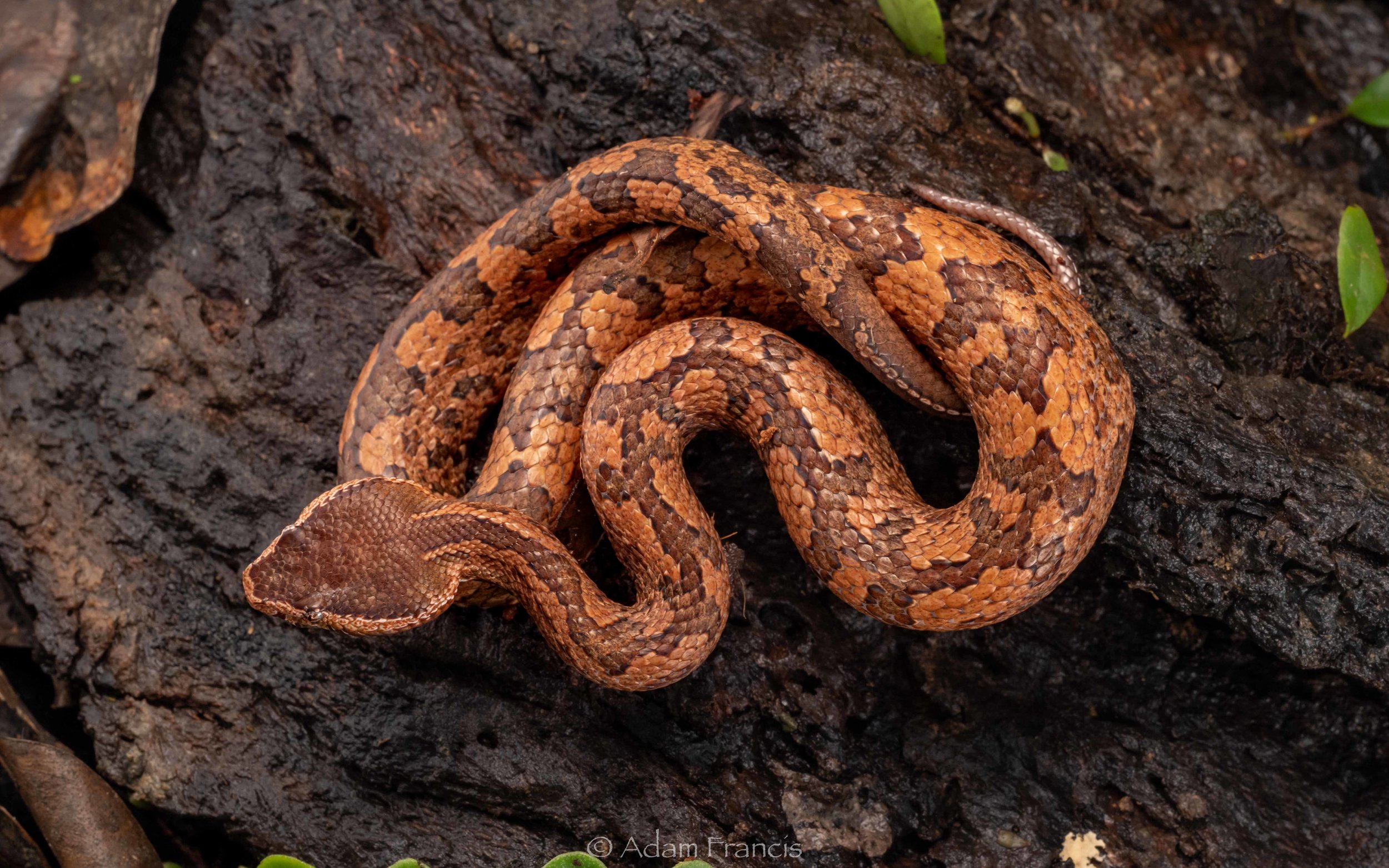
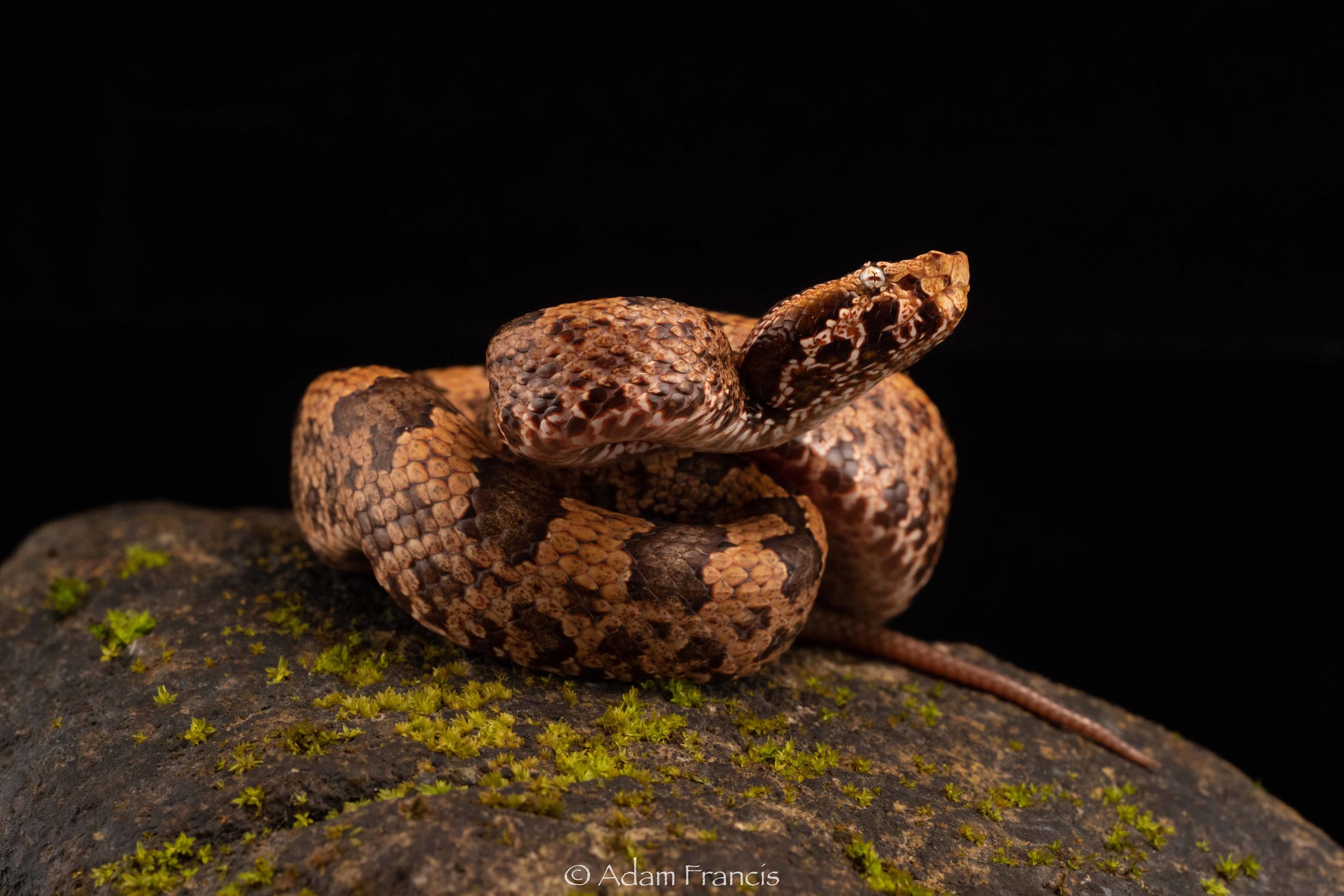
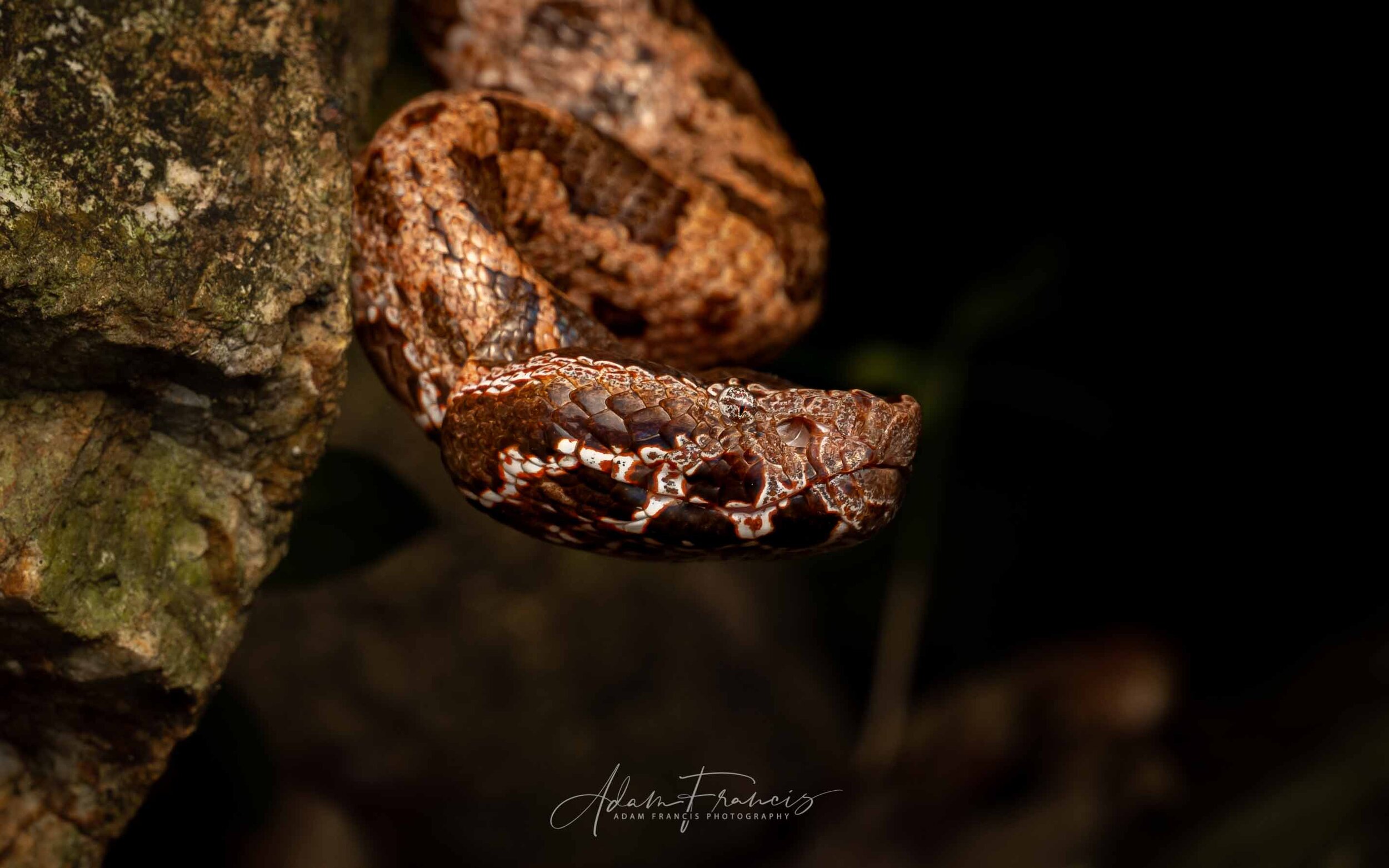

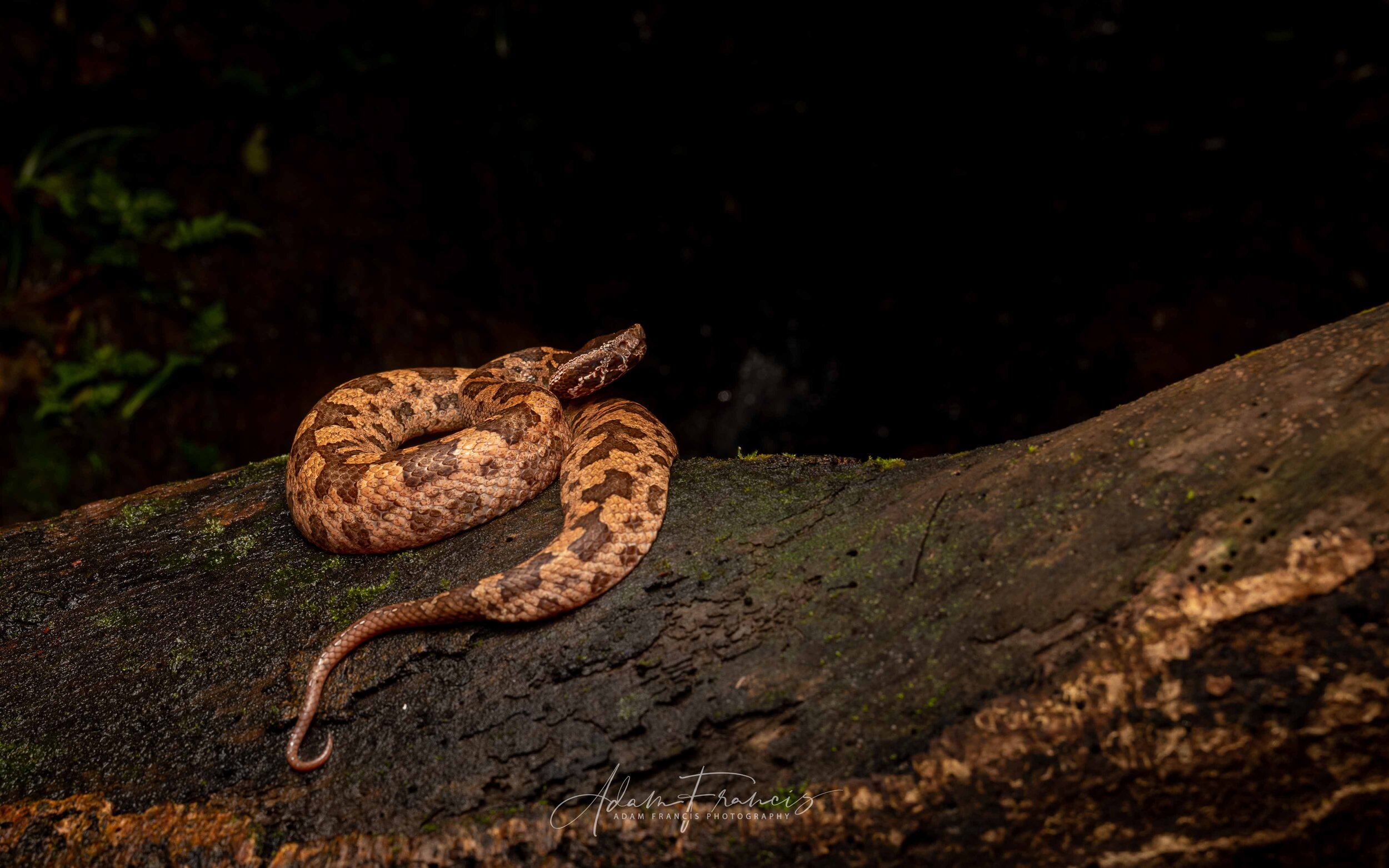
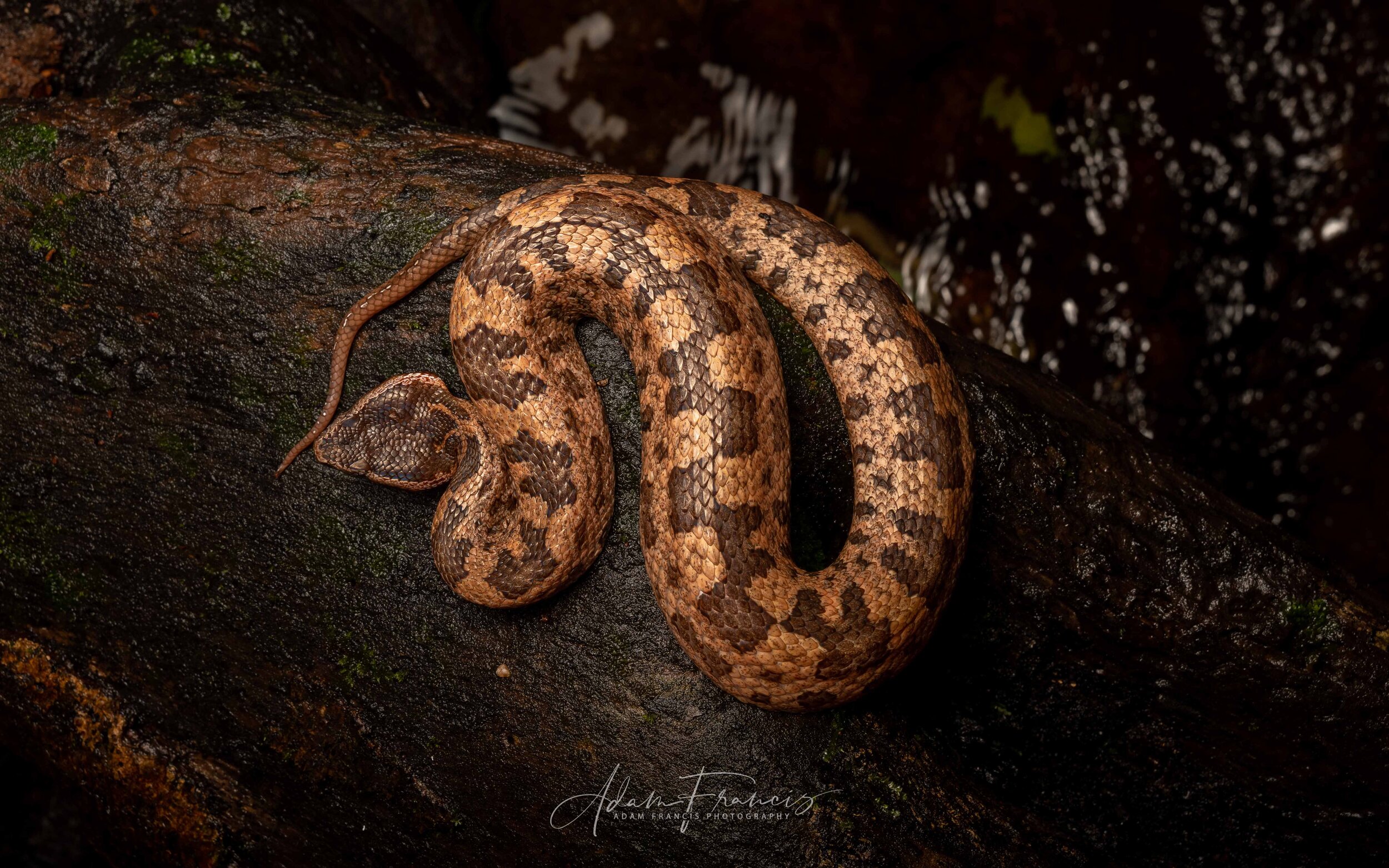
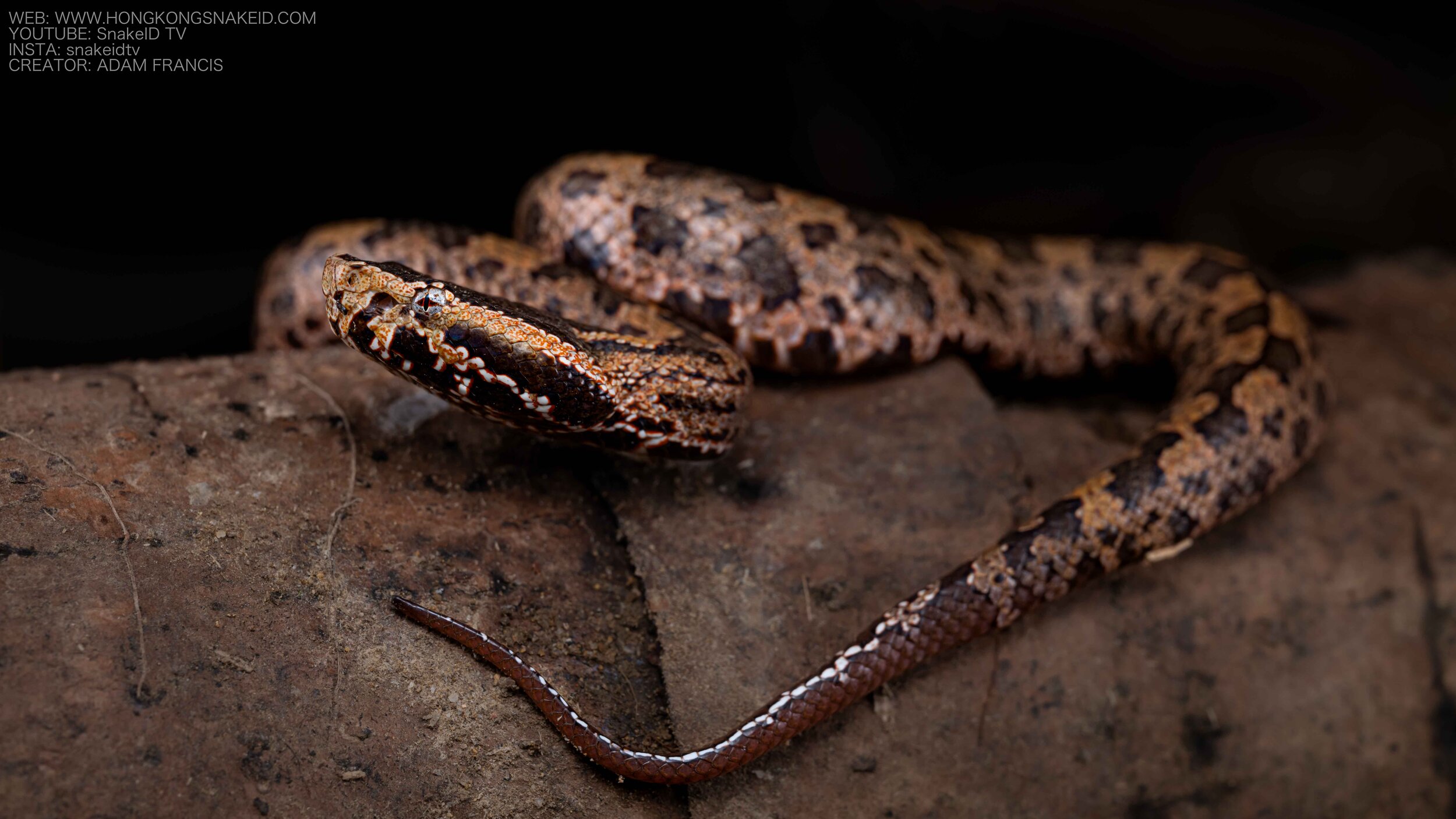

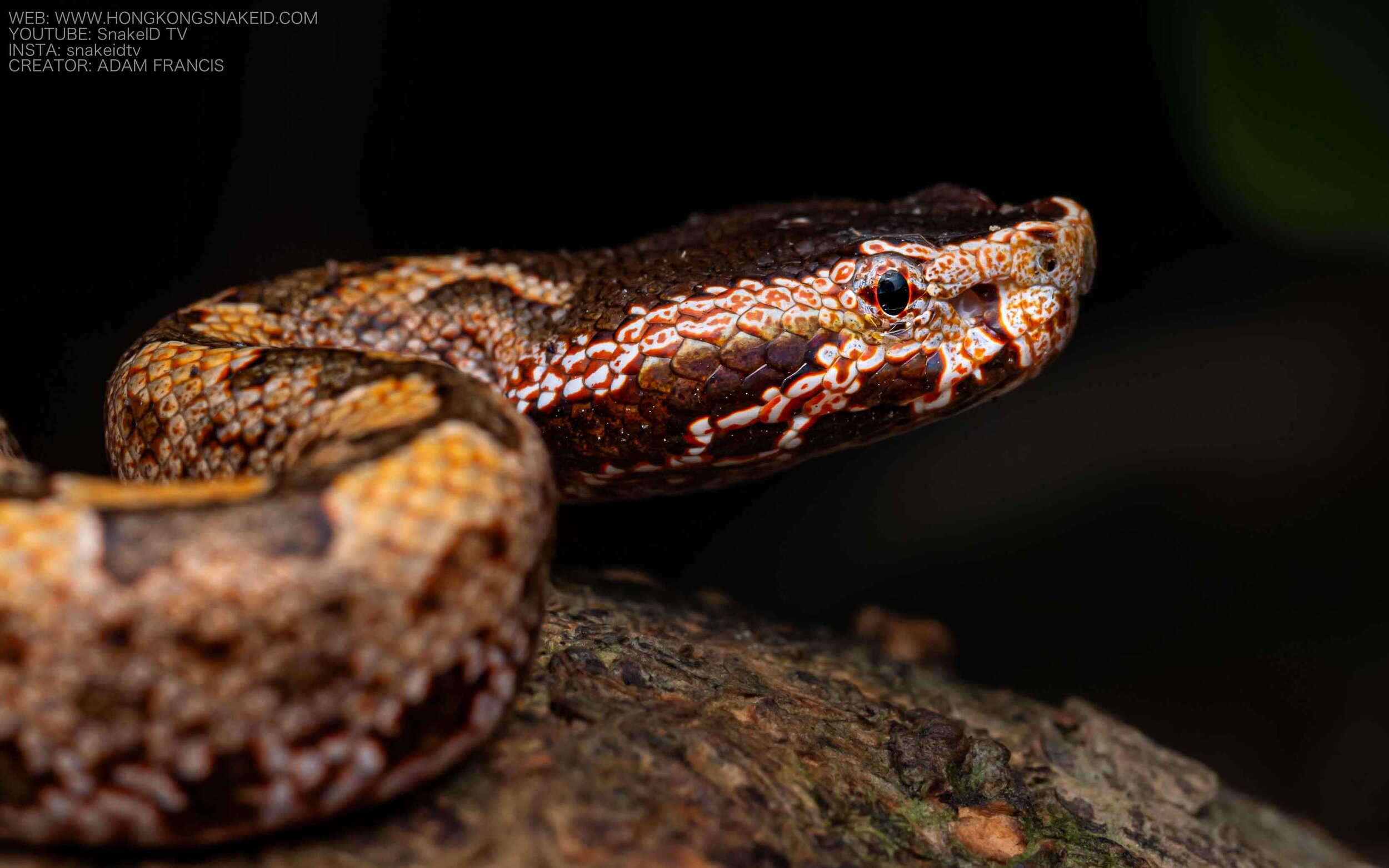

DESCRIPTION
Venomous though not thought to be lethal. Variable in color and pattern but generally yellow, orange or tan in color with dark brown or black alternating blotches running the length of the back with similar colored markings along the side. Head is large and tall with small eyes and light stripes running along each side of the jaw. Head color is dark similar in color to a river rock helping with camouflage. Tail is distinctive with brown coloration and a bright white stripe either contiguous or broken along the top.
BEHAVIOR
Active at night usually well hidden in rock crevices. The Mountain Pit Viper is an ambush predator that will wait in a single position ready to strike. They are a viper and have relatively long retractable fangs and will bite readily at anything that comes within range when hunting for food, but not actively aggressive when encountered by humans. Not prone to give chase but will hold their ground if they feel cornered, though will retreat quickly if the opportunity arises. A bite from a Mountain Pit Viper should be considered very serious and medical attention should be sought immediately. Although not known to be deadly serious damage can occur from a bite even if treated and complications can always arise.
HABITAT
Found at high elevations in or around streams and rivers and generally more active in the colder months. The Mountain Pit Viper is exceedingly rare in Hong Kong and due to its proclivity to hide out in rock crevices it is extremely difficult to find.
MISTAKEN IDENTITY
NO SNAKE SHOULD EVER BE HANDLED BY ANYONE BUT EXPERTS: The Mountain Pit Viper is unique in appearance and not easily confused with other species. If found observe from a safe distance. Visit the 'Practical Venomous Snake ID' section of the Snake ID page for tips on identifying some of the more common venomous species.

